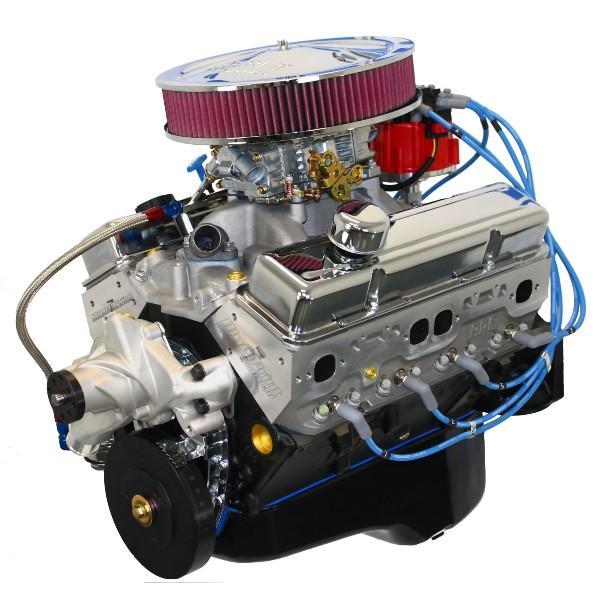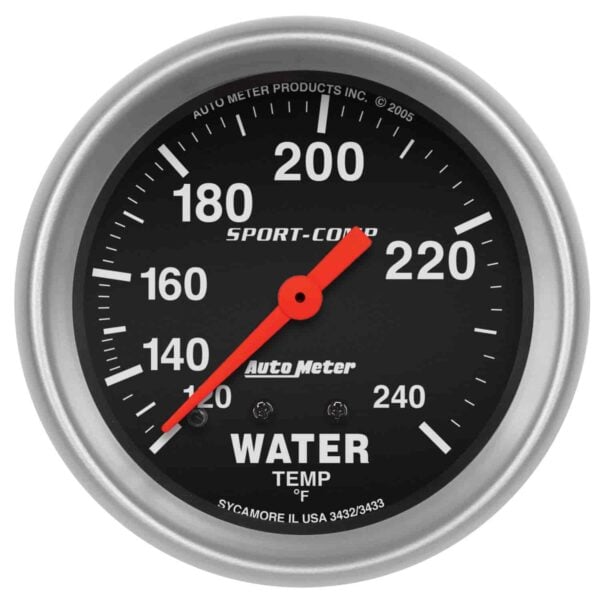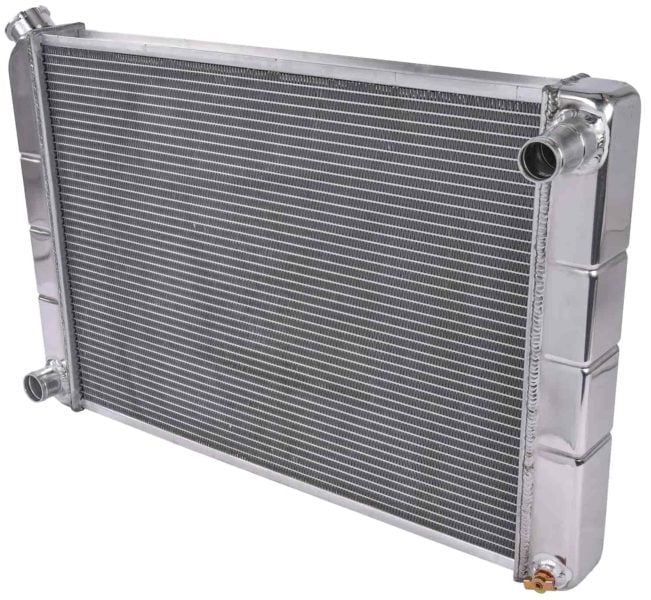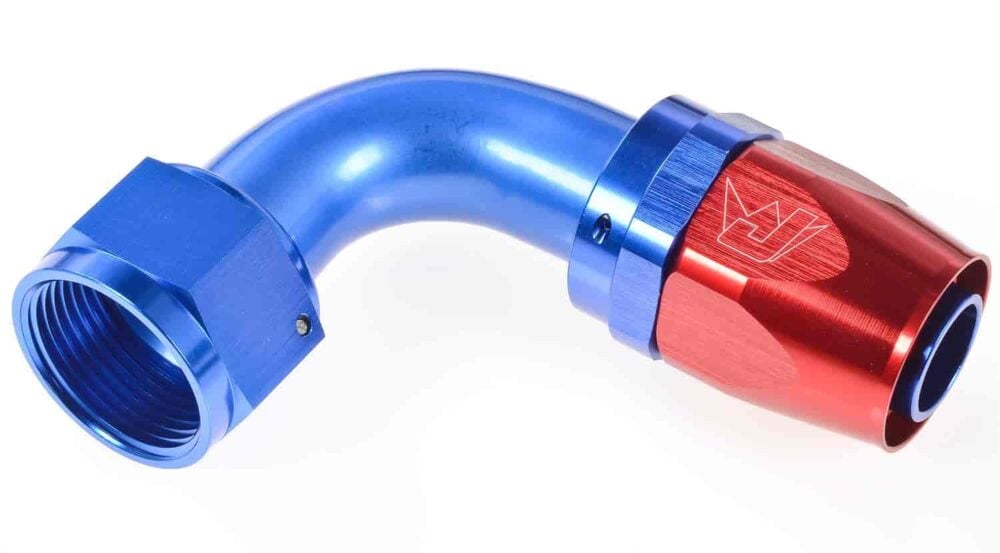
The cooling system in your car is crucial in ensuring that your engine is operating at an optimal temperature and does not overheat. The coolant in the system is a liquid that’s responsible for extracting heat from the engine and carrying it to the radiator, where it’s dissipated into the air. Unfortunately, coolant leaks can be a common problem, resulting in severe consequences if left unaddressed.
Even a tiny leak can cause your engine to overheat, causing issues and affecting the everyday functioning of your vehicle. That’s why it’s vital to spot any signs of a coolant leak when you notice any symptoms and rectify the issue. In this article, we’ll discuss the best ways to find and fix coolant leaks so you don’t have to deal with any significant problems.
What Is A Coolant Leak?
A coolant leak refers to the unintended loss of coolant fluid from the vehicle's cooling system. Coolant, also known as antifreeze, is a mixture of water and additives designed to regulate the temperature of the engine by absorbing heat and transferring it away from critical components. A coolant leak can occur for various reasons, such as deteriorated hoses, damaged radiator, cracked engine block, or faulty gaskets. Symptoms of a coolant leak may include visible puddles of coolant under the vehicle, overheating of the engine, a drop in coolant level in the reservoir, or the presence of steam or a sweet smell coming from the engine bay. Ignoring a coolant leak can lead to engine overheating, which may cause severe damage to engine components and result in costly repairs. Therefore, it is essential to promptly identify and repair coolant leaks to ensure the proper functioning and longevity of the vehicle's cooling system.
Coolant Leaks And The Adverse Effect It Can Have On A Car
A coolant leak can affect both the performance and lifespan of your engine. The primary function of the coolant is to ensure that your vehicle’s engine does not overheat. So, when there is an insufficient amount of it in the cooling system, it can cause multiple problems, some of which will be immediately noticeable. Here are some of the signs and adverse effects you’ll experience with a coolant leak.
Engine Damage
One of the more severe, long-term effects of a coolant leak is damage to the engine’s components. For instance, an overheating engine can result in blown gaskets and warped cylinder heads. It can also cause other engine components to wear out faster than expected. Some of these can be pretty expensive to fix. If left unresolved, constantly running your engine at extremely high temperatures can cause it to seize.
Reduced Fuel Efficiency
An overheating engine will not be able to combust fuel efficiently. If your motor is overheating from a coolant leak, it might consume more fuel than necessary while functioning. This will translate to a drop in fuel efficiency even though your driving style and patterns have remained unchanged.
Damage to Other Parts
When coolant leaks onto other parts in the engine bay, like the alternator or starter motor, it may damage them. It can cause corrosion and lead to premature failure, forcing you to replace these parts. That’s why the position of a coolant leak can also affect the consequences you’ll have to deal with.
Where To Look For Coolant Leaks In Your Car
The cooling system comprises multiple components the coolant passes through when your engine runs. Any of these parts can develop an engine coolant leak over time, so you must spot the source of the leak before you order any replacement parts or carry out any repairs.
Coolant, or antifreeze, is usually a bright shade of blue, green, yellow, orange, purple, or pink, so you can easily spot a leaked amount around the parts below.
Radiator
The radiator is one of the first parts you should check for a coolant leak. This is due to the radiator or some of the passages to it can expand and crack over time and from the extreme temperatures they are exposed to.

Water Pump
The water pump transfers coolant between the engine and the radiator, so it’s another part prone to a leak. Many water pumps have a "weep hole", which leaks coolant past a bearing and seal when the water pump has begun to wear out.
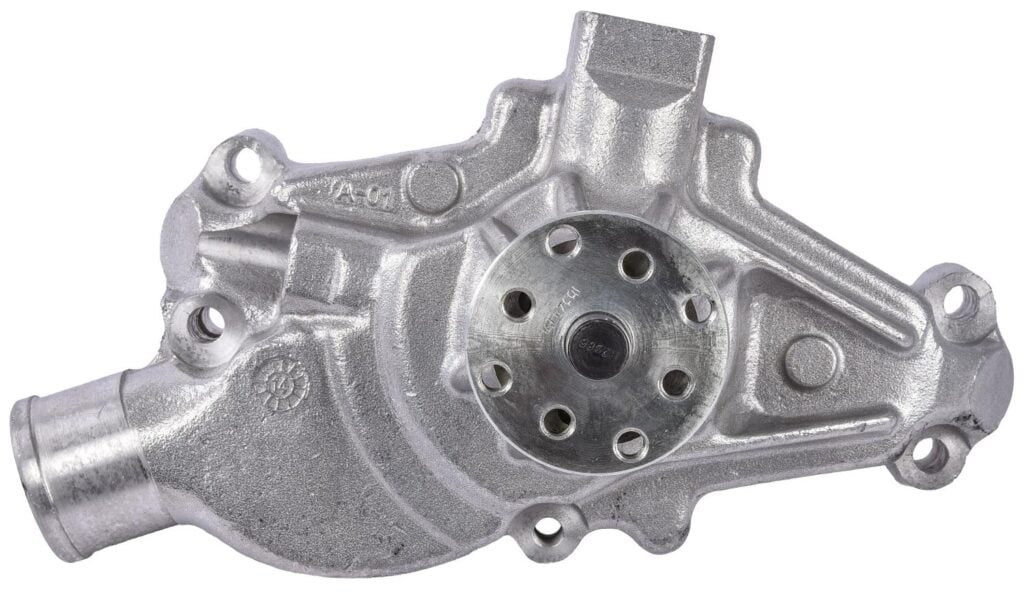
Heater Core
The heater core is a component that dissipates heat into your car’s cabin from circulating hot coolant. If the heater core cracks, you might notice coolant leaking into the car’s cabin from under the passenger-side dashboard.

Coolant Hoses
Multiple hoses carry coolant throughout the cooling system, and any of them can develop a leak. Look for cracks, bulges, or any other abnormalities in these pipes. These hoses are pretty sturdy. If you notice that any of them are spongy or soft to the touch, it’s a sign of an impending failure and leak. Checking the clamps to ensure they are properly tightened is another good practice as they can also be a source of leaks.

Head Gasket
The head gasket seals the cylinder head and the engine block. It’s exposed to extremely high temperatures and pressure. The multiple heat cycles it is subject to can cause the rubber gasket to harden and crack, resulting in a coolant leak. A leak at the head gasket is more problematic since it can also result in engine oil and coolant mixing.

A coolant leak will typically reveal itself from a puddle under your vehicle. You should spot a puddle under the engine bay where your vehicle has been parked. If you’re having trouble visually spotting a coolant leak, conducting a pressure test is ideal. A coolant pressure test will check the cooling system for leaks and should help you narrow down where the system loses pressure, signifying that there might be a leak in that area. Once you know how to find a coolant leak, you can then move to the next step of repairing or replacing the parts causing it.
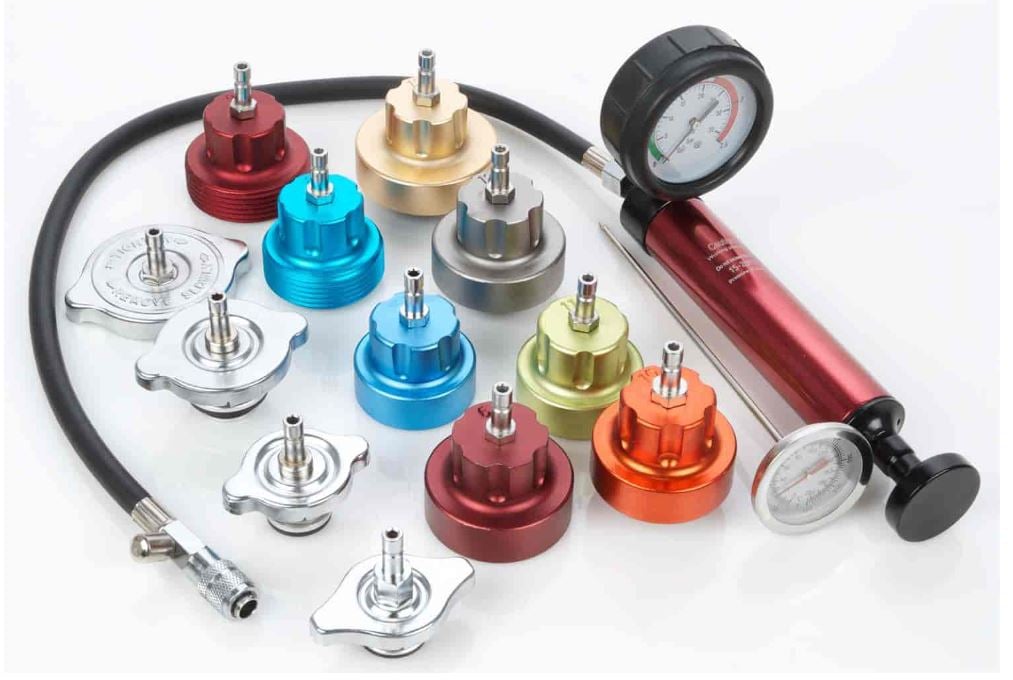
How To Effectively Fix A Coolant Leak
So, how to fix a coolant leak? Fixing a coolant leak is straightforward once you’ve narrowed down the source. The ideal solution is to replace the affected component with a new one. Whether that’s a radiator or a faulty hose, the price of a replacement will vary drastically.
If you don’t want to spend on a new radiator, for instance, you can repair the damaged part. Several sealants in the market have been specifically designed to seal minor leaks. Remember that these products are not a permanent solution to stop coolant leak problems, but they can buy you some time before you have to carry out a more lasting repair. A coolant leak repair cost can range anywhere from $10 for a new clamp to thousands of dollars for a new engine.
Once you’ve taken steps to rectify the problem, refill the system with fresh coolant and monitor its levels. Next, start the engine and turn on the air conditioning while the car idles for a few minutes to get the cooling system to activate and circulate coolant. Then, turn the engine off and check the coolant level in the reservoir. If you notice that it’s dropped drastically, there might still be a leak in the system.
Never open the coolant reservoir cap until the engine has cooled down completely. Doing so can cause hot, pressurized coolant to blow out and leave some pretty nasty burns.
Once you’ve established no coolant leaks, your vehicle should be good to get back on the road. Regular maintenance and checks in the future will help prevent similar issues from unexpectedly stemming up again. And no matter if you need cooling system parts, antifreeze, or anything else to repair your vehicle, JEGS has it for you.
